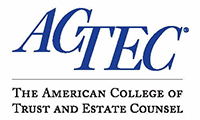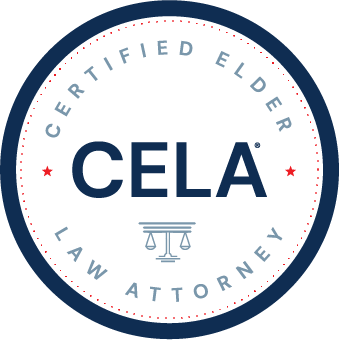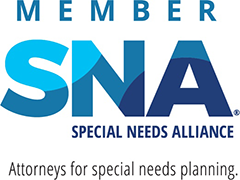Firm News
How Does the Medicaid Look-Back Period Work?
One area that causes a lot of confusion with regard to Medicaid is the look-back period.
Medicaid, unlike Medicare, is a means-based program, which means that you are only eligible if your assets are below a certain amount. Asset levels for a married couple are very generous. A single individual is limited to $2,000 plus exempt resources. The government does not want you to transfer all your assets on Monday and apply for Medicaid benefits on Tuesday, so it has imposed a penalty on people who transfer assets without receiving fair value in return.
To identify who has transferred assets, states require a person applying for Medicaid to disclose all financial transactions he or she was involved in during the five years before the Medicaid application. This five-year period is known as the "look-back period." The state Medicaid agency then determines whether the Medicaid applicant transferred any assets for less than fair market value during this period.
Any transfer can be scrutinized, no matter how small. There is no exception for charitable giving or gifts to grandchildren. Informal payments to a caregiver may be considered a transfer for less than fair market value if there is no written agreement. Similarly, loans to family members can trigger a penalty period if there is no written documentation. The burden of proof is on the Medicaid applicant to prove that the transfer was not made in order to qualify for Medicaid. Since the Medicaid application must be signed under penalties of perjury, it is critical that all transfers be disclosed.
Transferring assets to certain recipients will not trigger a period of Medicaid ineligibility even if the transfers occurred during the five year look-back period. These exempt recipients include the following:
● A spouse (or a transfer to anyone else as long as it is for the spouse's benefit)
● A blind or disabled child
● A trust for the benefit of a blind or disabled child
● A trust for the sole benefit of a disabled individual under age 65 (even if the trust is for the benefit of the Medicaid applicant, under certain circumstances).
In addition, special exceptions apply to the transfer of a home. The Medicaid applicant may freely transfer his or her home to the following individuals without incurring a transfer penalty:
● The applicant's spouse
● A child who is under age 21 or who is blind or disabled
● Into a trust for the sole benefit of a disabled individual under age 65 (even if the trust is for the benefit of the Medicaid applicant, under certain circumstances)
● A sibling who has lived in the home during the year preceding the applicant's institutionalization and who already holds an equity interest in the home
● A "caretaker child," who is defined as a child of the applicant who lived in the house for at least two years prior to the applicant's institutionalization and who during that period provided care that allowed the applicant to avoid a nursing home stay.
There are ways to minimize the 5 year look back period. If done correctly, the 5 year look back period can be reduced by notifying the Medicaid office of the transfer and purchasing an immediate annuity. The penalty period is determined by dividing the amount transferred by the average cost of nursing home care in the State of Colorado. For 2016, the average cost of care is $7,563.00 per month.
It is important that you consult with an attorney before you transfer any of your assets. The Law Offices of Bradley J. Frigon can guide you through this complex process.












